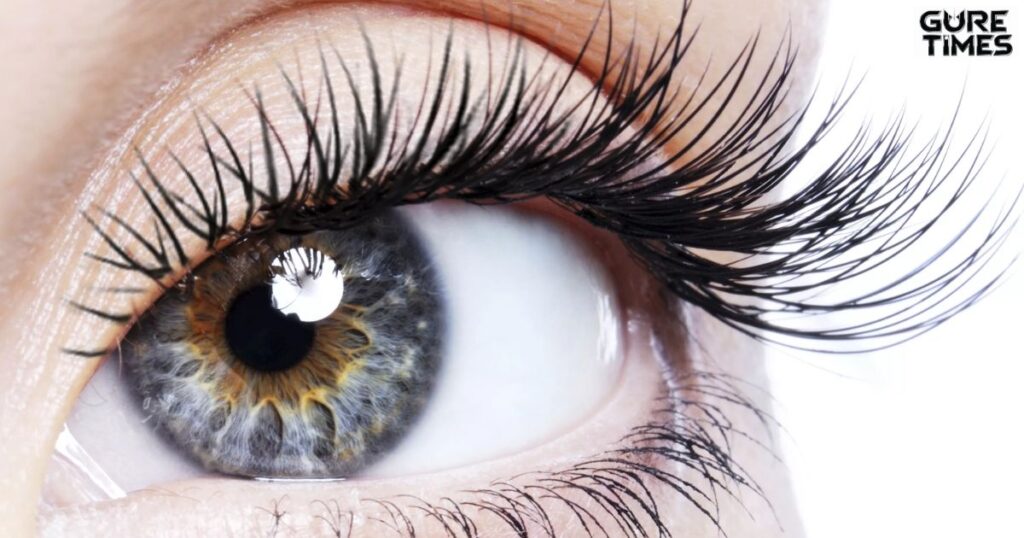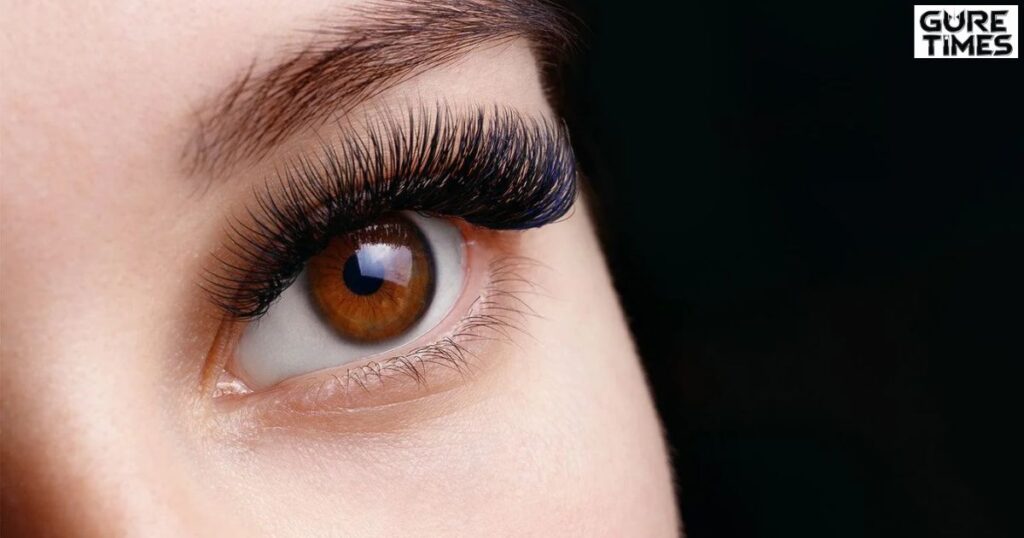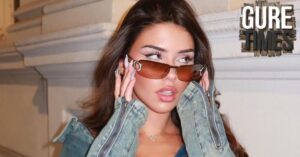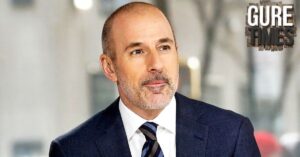The allure of lush lashes dates back further than many realize, tracing its origins to as early as 3500 B.C. in ancient civilizations. Initially, long eyelashes held symbolic significance, often associated with protection from the sun or spiritual beliefs. However, over time, their appeal evolved into a hallmark of beauty, captivating cultures worldwide.
Exploring the rich history of eyelash extensions reveals a journey marked by transformation and cultural shifts, showcasing the enduring fascination with enhancing one’s natural beauty. Today, the popularity of eyelash extensions endures, with modern techniques and materials allowing individuals to achieve stunning lashes with ease, further solidifying their status as a sought-after beauty procedure.
The Origins of False Eyelashes

The Origins of False Eyelashes date back to ancient civilizations, with early techniques differing greatly from contemporary trends favored by celebrities. This article explores the evolution of lush lashes, delving into the inception of eyelash extensions and the underlying motivations behind their invention.
The Ancient Beginnings
In ancient times, specifically around 3500 B.C., the desire for fluttery, voluminous lashes emerged among the Egyptians. Both men and women sought to elongate their lashes using brushes and ointments, often made from materials like malachite. Not only did long lashes symbolize beauty, but they also served a practical purpose of shielding the eyes from the harsh sun.
The Middle Ages
Contrary to ancient beliefs, the Middle Ages saw a shift in perception towards excessive hair, including lashes, viewed as erotic. Women would resort to plucking their lashes and eyebrows to showcase more of their foreheads, a trend that fortunately faded away due to its detrimental effects on eye health.
The 19th Century
The 19th century witnessed significant innovations in eyelash enhancement. Eugene Rimmel’s creation of mascara revolutionized the beauty industry, while individuals like Anna Taylor patented artificial eyelashes, paving the way for modern-day lash extensions. Unconventional materials such as burnt cork and coal were utilized to achieve glamorous lash looks.
Why Were Eyelash Enhancements Popular?
The popularity of eyelash enhancements throughout history stems from a blend of beauty ideals and practical benefits. In ancient Egypt, these enhancements were not only fashionable but also believed to offer antibacterial properties, enhancing eye health. Similarly, in ancient Rome, women sought ultra-long lashes as a symbol of moral virtue, influenced by teachings from figures like Pliny the Elder. However, traditional methods like ash and ointments had their limitations, prompting the quest for more effective solutions.
When and Why Were Fake Eyelashes Invented?
The invention of false eyelashes traces back to the 1800s, driven by the desire for fuller and longer lashes beyond what natural eyelashes could offer. However, the initial prototypes differed significantly from the extensions familiar today. Crafted from human hair, these early lash extensions were directly affixed to the eyelids, enhancing lash length and volume in a manner distinct from modern techniques.
Who Invented Eyelash Extensions?
Eyelash extensions owe their early inception to innovators like Karl Nessler and Anna Taylor. Nessler, a renowned hairdresser and inventor, patented a process for crafting and weaving artificial eyelashes in 1902. Following suit, Taylor, hailing from Canada, introduced the first patented artificial lashes in 1911, utilizing fabric material adorned with tiny hairs.
Further evolution came in 1916 when D.W. Griffith, a prominent Hollywood film producer, noticed the absence of lush lashes on a silent film actress during outtakes. Recognizing the impact of full eyelashes on screen, Griffith enlisted the expertise of the film’s wigmaker. Employing a mixture of human hair and gauze, the wigmaker affixed lash extensions to the actress’s lash line, solidifying the role of eyelash enhancements in cinematic glamour.
Read also: Eyebrow Threading
The Surge of Eyelash Extensions in Hollywood and Beyond
During the 1940s and 1950s, Hollywood played a pivotal role in popularizing eyelash extensions, sparking a surge in their demand worldwide. Recognizing the allure of glamorous lashes on the silver screen, the beauty industry embarked on a journey of experimentation with various lash application techniques.
In 1947, the Aylott brothers, esteemed British makeup artists entrenched in the film industry, established Eyelure, a pioneering company dedicated to crafting false lashes. Their creations graced iconic films such as Cleopatra and adorned the lashes of renowned fashion models, catapulting the trend of striking lashes into the limelight. By 1968, false eyelashes had become a burgeoning industry, with popular brands like Max Factor, Revlon, and Elizabeth Arden leading the way in offering lash enhancements to eager enthusiasts.
Artificial Eyelashes Are Patented

In 1911, Anna Taylor’s patent for artificial eyelashes marked a milestone in lash enhancement. This invention laid the foundation for the widespread adoption of false eyelashes, shaping the beauty trends of the 20th century and beyond.
The Influence of the Media
The media played a pivotal role in popularizing false eyelashes, particularly in the early 20th century. Advertisements featuring celebrities adorned with voluminous lashes sparked a craze among the masses. Stars like Marilyn Monroe and Judy Garland became icons of lash glamour, influencing beauty standards for generations to come.
Modern Eyelash Extensions
In the 1990s and 2000s, semi-permanent lash extensions emerged, marking a significant shift towards more natural-looking lashes. This period saw advancements in application techniques, resulting in precise and long-lasting results.
Popular in Korea for years prior, these techniques were introduced to the US market in 2004. Utilizing small clusters of lashes applied with glue onto existing ones, this method offered durability, with extensions lasting for weeks until natural shedding occurred.
Celebrities such as Jennifer Lopez, Paris Hilton, and Lindsay Lohan openly embraced lash extensions, showcasing their devotion to the trend. More recently, influencers like Kim Kardashian and Katy Perry have continued to fuel the popularity of eyelash extensions, inspiring extravagant and eccentric lash looks in mainstream culture.
The Eyelashes We Know Today
Fast forward to the modern era, and eyelash extensions have evolved into semi-permanent treatments that offer natural-looking results. Materials like synthetic fibers and silk are commonly used, providing lightweight and durable extensions. Strip lashes and magnetic lashes have also gained popularity as convenient alternatives for lash enhancement.
Eyelash Extensions today
In contemporary beauty culture, eyelash extensions continue to reign supreme. Social media platforms showcase influencers and celebrities flaunting their luscious lash looks, fueling the demand for professional lash services.
How to Clean Lash Extensions at Home
Proper maintenance is crucial for prolonging the lifespan of lash extensions. Here are some tips for cleaning lash extensions at home:
- Use a gentle, oil-free cleanser to remove makeup and debris from the lashes.
- Avoid rubbing or pulling on the lashes to prevent damage.
- Use a spoolie brush to comb through the lashes and keep them neat and separated.
- Schedule regular touch-up appointments with a certified lash technician to maintain the integrity of the extensions.
I have a stye on my eye, can I still do lash extensions?
While lash extensions can enhance your natural beauty, it’s essential to prioritize eye health. If you have a stye or any other eye condition, it’s best to consult with a healthcare professional before proceeding with lash extensions. They can provide personalized advice based on your specific situation and ensure the safety of your eyes.
FAQ’s
What were eyelash extensions originally made for?
Eyelash extensions were originally made for enhancing the appearance of lashes, providing length, volume, and a more dramatic look. They were sought after for both aesthetic purposes and to achieve a desired beauty standard.
When did eyelash extensions become a trend?
Eyelash extensions became a trend during the late 20th and early 21st centuries, particularly gaining popularity in the 1990s and 2000s with the emergence of semi-permanent application methods. The trend was propelled by celebrities and influencers, contributing to its widespread adoption in mainstream culture.
Why are eyelash extensions a thing?
Eyelash extensions have become popular for their ability to enhance natural lashes, offering a convenient way to achieve longer, fuller, and more voluminous eyelashes without the need for daily mascara application. They provide a semi-permanent solution for individuals seeking to accentuate their eyes and elevate their overall appearance.
Did the Egyptians have fake eyelashes?
Yes, the Egyptians used early forms of false eyelashes as early as 3500 B.C., utilizing brushes and ointments to achieve voluminous lashes for both men and women. These early techniques laid the foundation for modern-day eyelash enhancements.
Conclusion
The journey through the history of eyelash extensions unveils a fascinating tale of human creativity and beauty evolution. From ancient civilizations to modern celebrities, the desire for lush lashes has persisted across centuries. As we navigate through the origins of false eyelashes to the rise of semi-permanent extensions, it becomes evident that eyelash enhancements have become an integral part of mainstream beauty culture.
With advancements in technology and techniques, achieving stunning lashes has never been easier. So whether you prefer a natural look or dramatic flair, the history of eyelash extensions reminds us of the enduring pursuit of beauty and self-expression.











